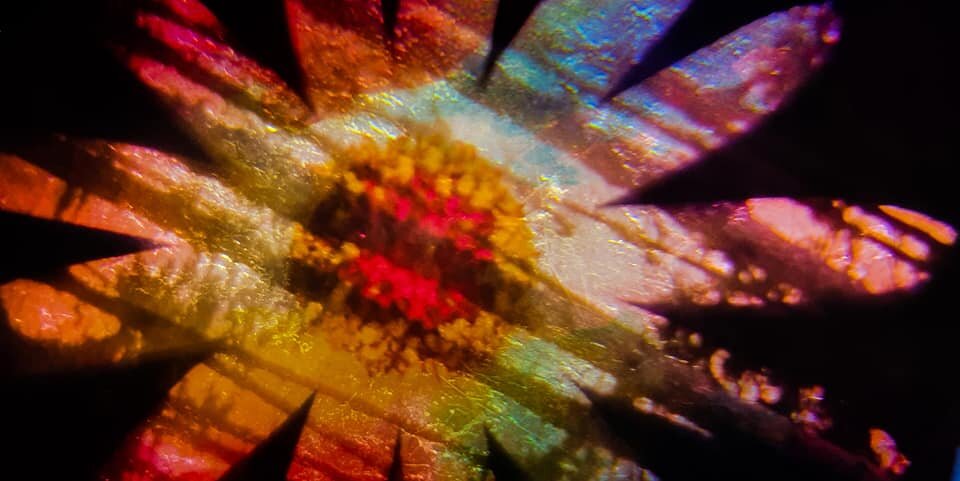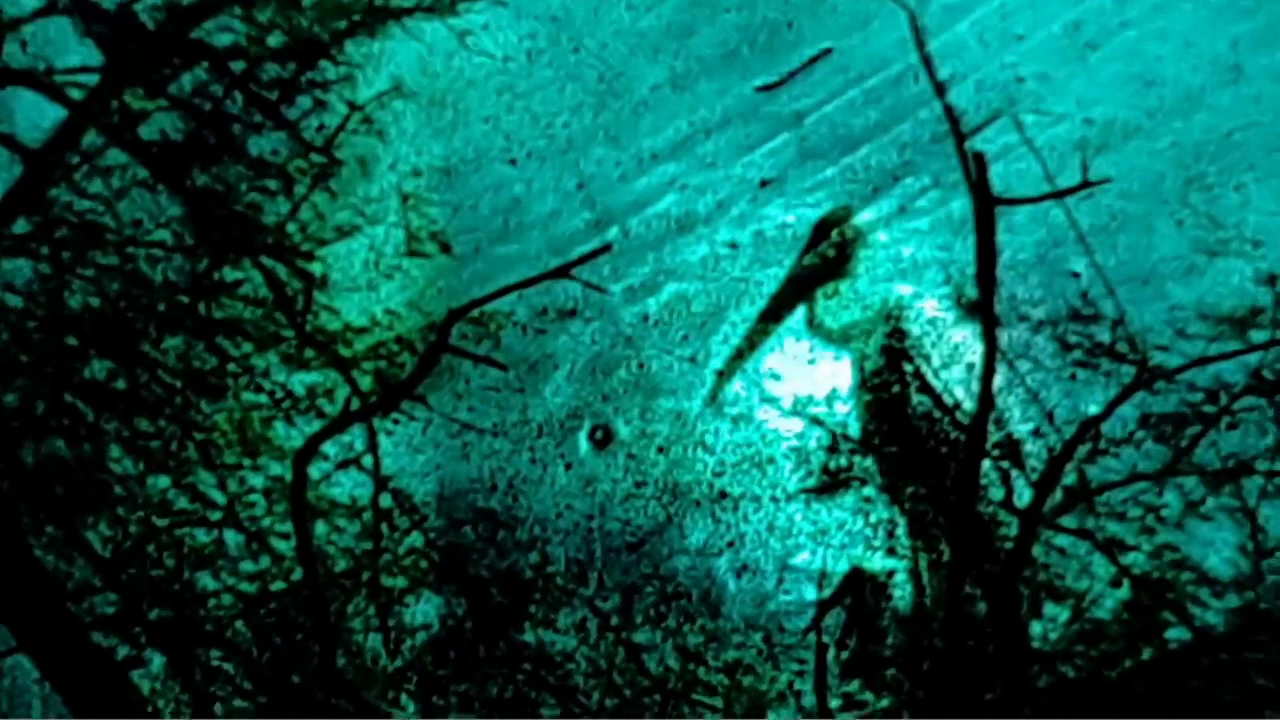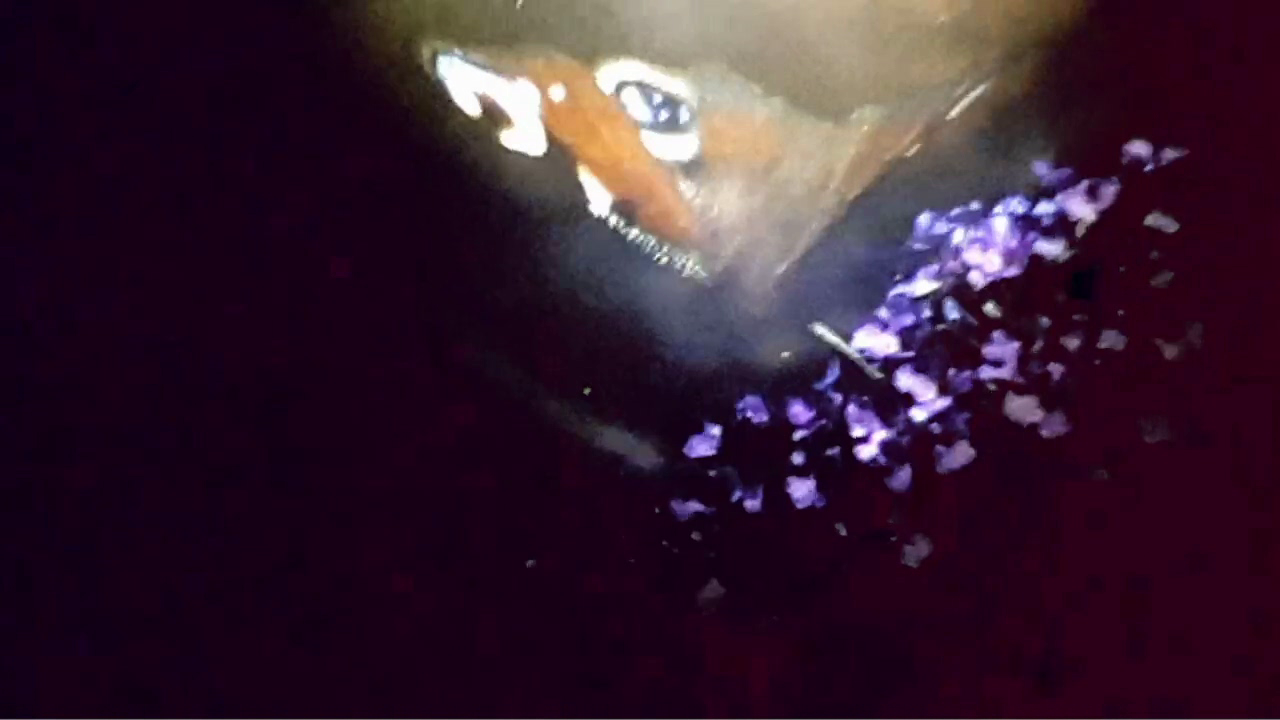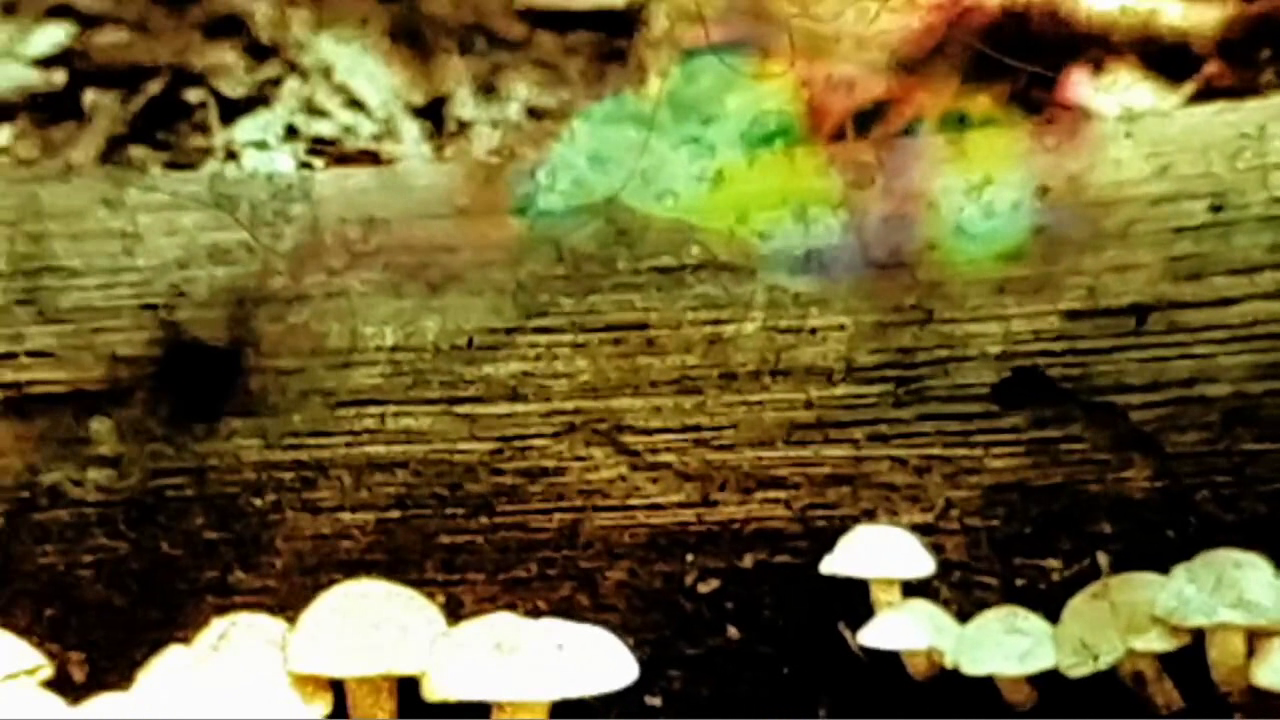De-Domesticating Nature Documentary from Home: This is an open invite, and a response to 2020’s stay-at-home emergency. During this year of lock-in (and its unpredictable legacy in our forms of art and organising), a DIY ethos is more important than ever to creating new platforms for the fables we tell about the world. This strange moment also echoes the time in which nature documentary originally moved indoors – away from theatres, circuses, museums, laboratories and expeditions, and towards the television set and the monopoly of channels and voices for housebound or ‘armchair nature’. But there is also something potentially subversive in a genre this collective and public, which combines the armchair with the amateur – the passionate knower, from Victorian science onwards.
In a way, nature documentary is already too homely. What could it mean to return to this familiar form, and the means by which nature, beamed into sitting rooms in the suburbs, became a “household name”? How can we challenge the morals drawn from its stories, which often lie in the boundary anxieties of human and nonhuman scales, and public and private life in the shared living space of earth? For example, the way in which the super-funded nature documentary toggles so easily between the domain of the nuclear household and animal family, the global expeditionary voice, and the planetary horizons of survival itself, and then draws morals between these? As a composite text, bought up by channels and licensors and then written each time into a single script or voice, nature documentary’s global footage is both endlessly renewable, often designed to be re-runnable, and yet often the most hopelessly out of date. The nature documentary may seem democratic, as a genre which belongs to everyone and nobody, but its cultural monopolies, forms of programming, and forms of tech and funding often say otherwise. How can we platform it as a more accessible and adaptable testimony form during 2020? How can we approach it as a genre which right now, like many other things, seems unsuited to the world, and far beyond its expiry date?
In my recent work - including my live cinema ensemble show NATURE’S NICKELODEONS, and my involvement in RECOVERY CHANNEL, a stay-at-home international screening of revisionist nature documentaries, recently broadcast in quarantine from BB15 gallery in Austria - I have been attempting to investigate the radical possibilities of “re-wilding” the nature documentary. These projects are part of a broader aim of hacking the ‘tyranny of formula’ (Bouse, 2011) of this genre, in new forms of democratic access. I have written a short open access article about the possibilities of hacking the form, here - ‘Square Eyes, Square Landscape’, in Moving Image Artists (MIA) issue 2 - partly drawing from my experience working with archives and with machine learning generation in the making of my film All Her Beautiful Green Remains in Tears, which used a “female” AI trained on romance novels to hack and re-narrate sexist nature documentaries about the birds and the bees. Broadly, my argument is that nature documentary is not, after all, a spectator sport - but a collaborative experiment. Can we remake it with this potential in mind, looking beyond the monologue to a composite fabric of diverse environmental encounters? What resources can we pool from our different positions, now so many of us are not in business as usual - be that material, advice, access, skills, ideas, permissions, perspectives, programming…?
Nature documentary is always a rewrite, drawing on a formula (whether subversively or otherwise) and combining memoir, science, and fiction/non-fiction. I propose a collective re-write of its “family values” and Aesop style fables of labour/capitalism for the new modes of kinship we need, combining the politics of the nature documentary with that of the home movie, the “lost amateur cinema” which, when looked at en masse, raises topics out of the “junk heap of private culture” (Ishizuka and Zimmerman, Mining the Home Movie: Excavations in Histories and Memories, p. xlv). How can we make use of these facets of the nature documentary – a televisual tool of domestication in more ways than one – to reconsider and explore ideas of safety, connection, responsibility, seasonality, multi-species quarantine, home as idyll, etc? How is it suited to this strange situation in which private isolation is combining with new forms of collectivity, group platforms and DIY support? And how can this situation spawn or propagate new nature documentaries, and less patriarchal modes for its production and composition?
This project / web page is a first suggestion towards a number of actions considering the nature documentary as a literal home movie. Firstly, the production of new films - using tinkering at home as a method, producing new forms of “garage cinema” and windowsill cinema, or using tools such as night lights, house plants, keyhole projections, and even kitchen freezer ice to re-animate it or even incubate it indoors, collapsing scales of micro/macro and indoor/outdoor. Given that nature documentary is, in a way, nature being treated as a household appliance - how can it be made with household appliances? Secondly, rather than being disempowered observers and passive consumers, is there a way to produce a collective nature documentary - from wherever each of us are - which draws on its role as a collective laboratory and composite memoir? My existing projects in development were to be working with ‘nature documentary in the round’ and ‘nature documentary on foot’, in ways which were public, social, collectively experimental, and site-specific. As part of our current necessary readjustments, can we find an online platform for this collective hacking of nature documentary, exploring the radical potentials of a revisionist, social form? Ideally, I would like to see this as a perpetual multi-channel website, where we can switch channels between all of our interventionist work, or as a series of livestream events or new ways of bringing life to this seeming public domain text, beyond its private channels and archives. Can we bring together the isolated as a new army of film-makers and hackers? Can we approach this most globally powerful and impactful of all our nature discourses and forms of nature writing, with a sense of our own responsibility for its stories, and complicity with its media?
This is an open invite for a collective/platform currently investigating possibilities and resources; if you are interested in being involved in what might emerge, please contact: a.cutler@gold.ac.uk. I have included some samples of my own experiments including, above, nature documentary projected through the leaves of my houseplants, and below, a sample archival approach: exploring gardens as public/private domains, and as private land but a common site of public domain film footage of different kinds. These stills from a first experiment include new plant interventions with the “cultivation” of the backyard in found film footage, including the suburban visions of American adverts, some of which were sponsored by the lawn chemical industries. Below that, some of my own lock-in tests adapting 35mm nature slides from amateur/public/botanical collections, including experiments in new lighting conditions, filming in the dark, visible only by the window lights opposite me in the South London housing estate I live in - all, unusually, switched on in the evening due to quarantine.




























































































































































